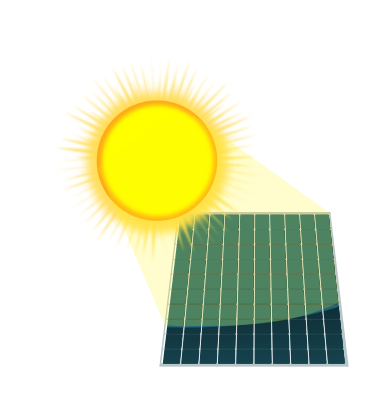

Very interesting. Does anyone know if any of these solutions allow scale up?


Very interesting. Does anyone know if any of these solutions allow scale up?


The internet as we know it is dead, we just need a few more years to realise it. And I’m afraid that telecommunications will be going the same way, when no-one can trust that anyone is who they say anymore.


I think the IEA chart looks into where the energy began, not what it was used for. The 50% number rings true to me, at least for the heating in cold winters. As for summers, cooling is a heat issue as well, so that’s where much of the energy is spent.
Because the correct answer to his question is: “First day on the job, huh?”


Or we skip to the obvious conclusion:
Tio little, too late.
It will take too long to implement and will not solve the energy need when it is done. And it will cost more than anyone wants to pay.
Pushing nuclear, is just a strategy to obfuscate the discussion and prolong the life of oil infrastructure.


Absolutely, I’m not US and I have no experience with megacities, but I am trying to find ways to build cities that better match our needs going forward. I don’t know if the American car dependent suburbia is what is needed either.
As for parks in dense cityscapes, I’ve listened to clever architects who’ve discovered statistical regression claim that parks are more valuable per square meter the smaller they are… And while true in and of itself, it asks the question, how small is the minimum for them to be usable? Humans that experience greenery (even arranged) daily are healthier both mentally and physically. Where is the cut off?


Ouch. And how many of those are children?
Edit: What? Has nobody reflected on the fact that urban environments are for grown ups only?


We have the excess electricity already, but I’m not yet at the legally required amount of solar panels.
At work we are investing in energy storage, both batteries and heat storage and looking for more solutions.
I’m looking at hydrogen, because it’s known tech and I dream of finding a way to use it in a more stable chemical form for storage.
This is very interesting! And that fuel could be used either to make electricity, heat or a combination!


Yes you do and you are still doing it. It is two different arguments, both are true, regardless of if one of them tracks with you or not. One is an argument about the need to act (climate change only care about absolute numbers) and the other is an argument about how to act (we need to focus on those individuals that emit the most). Both are true and a part of the bigger picture.
On a side note, it is also important to be inclusive. Consumption isn’t the only way to address emissions. An even bigger possibility lies in those able to make decisions on the means of production. They are fewer, spend a lot more money, but are harder to find. Most of them works at corporations, though.


You are confusing an economic argument (where do we get the most bang for our buck) with the ecological argument. Continuing your allegory, that would be a bunch of arsonists ready to torch both towns to the ground. That must not happen.


I agree that energy security and geopolitical considerations are behind China’s all out expansion, I’ve said so before, but in this particular case, I wonder if you might have overlooked an implied /s?


Yeah. Someone will always be able to pay more than the common man. And companies using it to produce something will always afford to pay more than someone just consuming electricity.


You are so right. Thank you! In a situation where it is impossible to generate or import any electricity at all, a nuclear reactor would not be able to produce any electricity either, because the grid is non-operational.


Which, in the end will make a “no renewables”-stance untenable, since renewables are the only way of growing the energy sector fast enough.


No, not at all. Pure geopolitcs. In this case a double win, where china ties these countries closer to itself through investment and in some cases can electricity produced fairly close, but west of China benefit china directly after sundown.
This is how the long game is played.


Do you know of any nifty resources on how to create RAGs using ollama/webui? (Or even fine-tuning?). I’ve tried to set it up, but the documents provided doesn’t seem to be analysed properly.
I’m trying to get the LLM into reading/summarising a certain type of (wordy) files, and it seems the query prompt is limited to about 6k characters.
Same here. At work we are using CO2 for fridges and the line as a stop gap where its possible, but for smaller units we are looking at a lot of substitution…